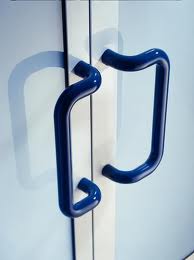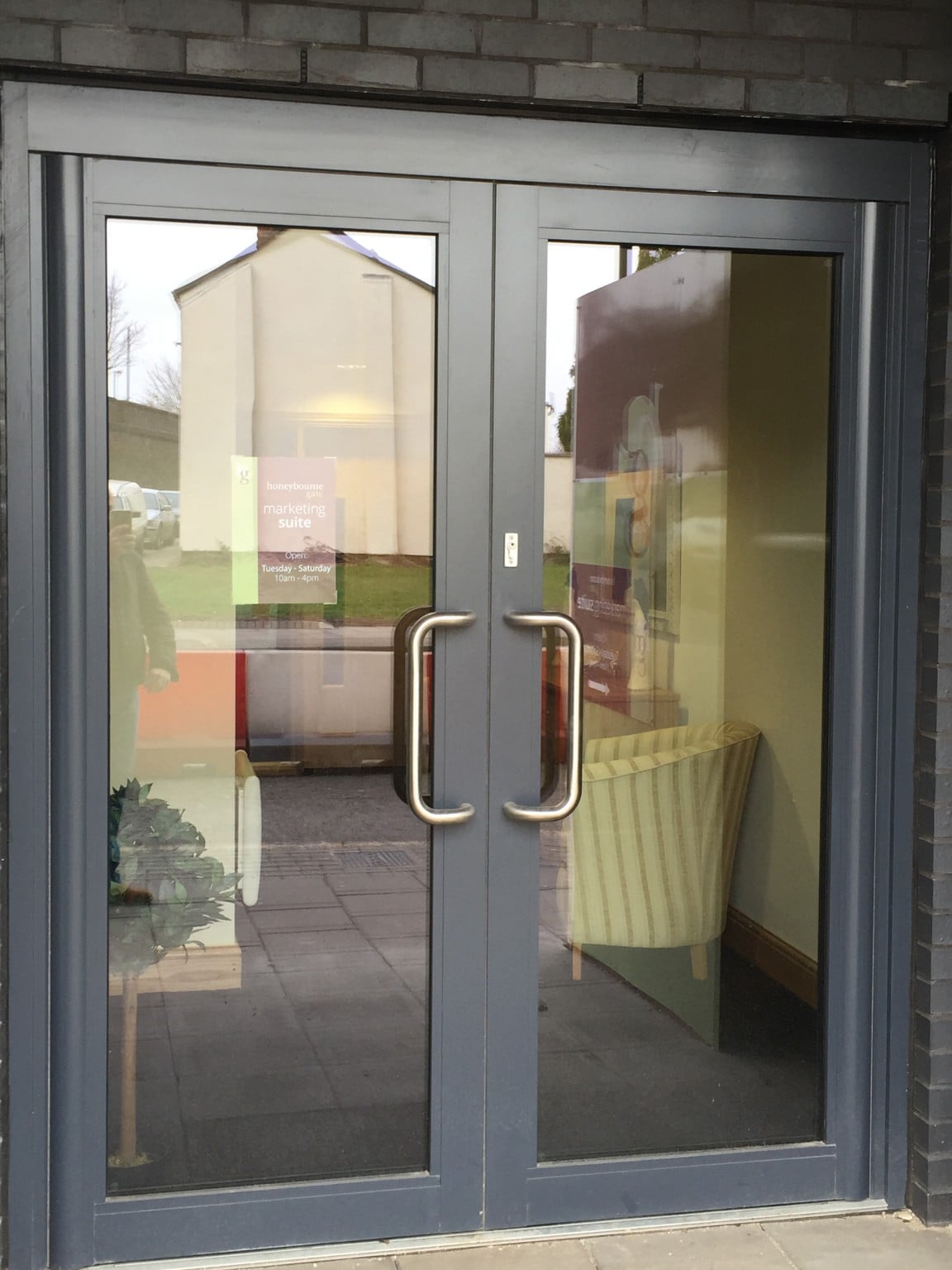It is accepted by the construction industry, architects and reputable installers that when it comes to doors for public buildings, commercial doors are the most suitable and fit for purpose product.

Commercial doors are governed by Building Regulations, British Standards and other legislation. One area where guidance and provisions are given is for door handles on commercial doors. These are required to conform to the set guidance.
Getting a clear understanding of building regulations and door handles is important for installers. Building Regulations highlight three legal documents in the provision of the correct door hardware for public doors. In any building that is not a dwelling, there are clear provisions and guidance on what constitutes “reasonable adjustments” to ensure that building regulations are adhered to.
Are you confused by what is the right door furniture?
The provision of the right hardware to meet current legislation and Building Regulations need not be complex. These key Approved Documents and standards are:
BS 8300. This is a British Standard giving advice and guidance on what is the correct door furniture that can be usedin public buildings.
Approved Document M. This is an official Building Regulations document explaining how doors can comply in providing accessibility for disabled people.
Many people still refer to the subject of furniture to meet Building Regulations and British Standards as “DDA Compatible” or “will meet DDA requirements”. It is important to know that the Disability Discrimination Act (DDA) was incorporated into the Equality Act 2010. It is the Equality Act not the Disability Discrimination Act that is the current legislation in place.
The commonly used statement of ‘reasonable adjustments’ means ensuring that physical features of your doors do not cause difficulty to any disabled people wishing to access their services (your business, shop or office). So what are these reasonable adjustments?
Contrasting Door Furniture

BS8300 contains guidance on hardware that can assist the visually impaired to identify entrances, doors and door furniture. The guidance states that a contrasting handle should be used but no further guidance is given on what contrasting can mean. This is therefore open to interpretation.
In general terms the door handle must be in a contrasting colour to the door leaf itself. For example many shop doors are powder coated in white and fitted with white handles. This is not a contrasting handle. Black, blue, red or other obviously contrasting colours are advisable here.

Grey powder coated commercial doors are also very popular. Here silver anodised or satin stainless steel hardware can be used. Powder coated handles in obvious contrasting colours would also be interpreted as acceptable.
“Warm to the touch” handles.

This is another area where confusion may occur. Many materials have different levels of thermal conductivity. Given the obvious temperature differences in any climate between summer and winter months, how does one decide what handle is “warm to the touch” as mentioned in BS8300?
Our advice is to opt for nylon coated handles such as those available by Hewi, Alpro, AS Hardware and other reputable and experienced suppliers. AS Hardware as one example also offer door handles with wood inserts and even leather clad external door handles that will obviously be warmer than colder aluminium or stainless steel varieties.
If you are unsure, please seek guidance from your local Building Control Officer, however in general terms any of these should be acceptable and in particular the nylon coated variety.
Other considerations for Door Handles and Building Regulations

Contrasting colours of doors and frames are also mentioned in Approved Document M but it is unclear how much of this is actually enforced given the number of new construction projects with commercial doors installed that have the same colour door and frame. Again it is advised to refer to the official documents and seek information from your local building control. However if retirement villages are one example where the needs of the elderly must be considered then these appear to be satisfactory with simple contrasting colour handles.
Low thresholds are also required on all types of commercial or public entrance doors. Unlike the “step over” threshold found in residential doors, this must be a flat ramp type threshold at no more than 15mm high.
The opening and closing forces of the door itself are also a critical component of commercial doors and more information is given throughout this website.











